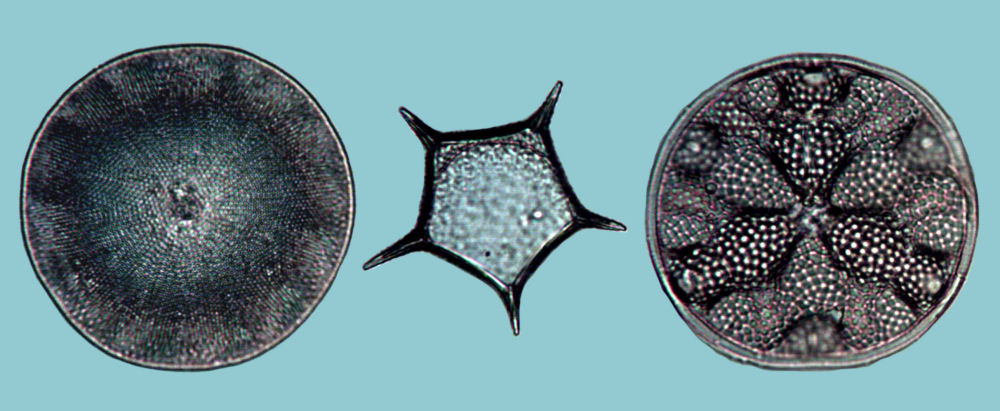
Neophyte Seeking Cretaceous Diatoms
By Charles Suslavage, USA
Around 65 million years ago an asteroid or comet slammed into the Yucatan Peninsula marking the end of the age of dinosaurs. Fortunately for plankton grazers the diatom survived the resulting environmental catastrophe. Today the fossil remains of dinosaurs from the Cretaceous and earlier are found world wide but where to find fossil diatoms from the Cretaceous?

Searching the available literature I was able to unearth some pictures of Cretaceous diatoms, but pictures of diatoms no matter how excellent, do not compare to first hand observation. I did discover the identities of several formations that may contain diatoms from this period. Deposits of fossil diatoms from the late Cretaceous may occur in the Moreno shale and Panoche hills formation (Fresno, California), Ananino, Simbirsk (Russia), Küsnetzk (Russia), Antillies (Barbados, Hayti) and Jutland. Cretaceous diatoms are also found in deep sea core samples from various locations. If an amateur diatomist had a really big boat, drilling rig, and unlimited funds, he could sail the high seas dredging and drilling. With deep pockets he could travel the world sampling exotic foods and drinking fine wines while collecting diatomite. For the remaining amateurs it would be more practical to search for prepared microscope slides from the listed locals as I did.

Fig 1. Moreno Shale. Top row, L to R. Actinoptychus packi, Glorioptychus callidus. Second row L to R Unidentified, Actinoptychus, Aulacodiscus pugnalis.
It was surprisingly easy to find slides of fossil diatoms from most of the locations on my list and they were all interesting. But was I examining diatoms from the Cretaceous the last Period of the Mesozoic Era, 65.5 million years old or older, or were they from the later Cenozoic Era, less then 65 million years of age? Cenozoic is the era of new life that began 65.5 million years ago (Ma) to the present. The early Cenozoic would be the Paleocene (65.5 - 55.8 Ma), Eocene (55.8 - 33.9 Ma), and Oligocene (33.9 - 23 Ma) epochs. I needed to find biostratigraphic marker species. Stratigraphy is a branch of Geology that studies rock layers and layering. Fossils big and small can be used to understand chronological sequence. All the slides examined were strews containing diatoms, silicoflagellates, and radiolaria. If I could identify any of these I could then correlate the identified species to geologic time.
The first slides I examined were from the Moreno shale. Mixed with the diatoms were broken radiolaria and silicoflagellates. The silicoflagellates would be my first time marker.
The silicoflagellates of the Late Cretaceous are interesting and graciously simple in form making identification very easy. What more could a novice ask for? Before attempting identification I used very simple identifiers, horse shoe, wish bone, star, and windowed club. Later, after a bit of research, they acquired their more accurate identifiers, Lyramula simplex, Lyramula forcula, Vallacerta hortonil, and Corbisema geometrica. Secretly I have a decided preference for the names I first used and more confidence in the pronunciation.

Fig 2. Moreno shale. L to R. Vollacerta hortonil, Lyramula forcula, Lyramula simplex, Corbisema geometrica.
My horse shoe, Lyramula simplex, and wish bone, Lyramula forcula, are very intriguing. What could they have looked like as living creatures? We view only their skeleton, a skeleton so basic in design that surely in life had a chloroplast and most likely a flagellum like that of the extent, living genus, Dictycha. From which end would the flagellum radiate? Both are present in the fossil record of the late Cretaceous and possibly became extinct as a result of environmental changes or the hammer blow from an asteroid along with the dinosaurs. Which ever the cause or combination of events, their extinction now makes their presents in diatomite deposits or deep core samples an excellent easily identifiable stratigraphic marker and both were abundant in the Moreno shale.
Vollacerta hortonil and Corbisema geometrica have a plate of hyaline silica. I was initially confused by the appearance of this plate in V. hortonil, was this a unique diatom? V. hortonil’s central plate of punctate hyaline silica is not unlike that observed on some diatoms. This plate is unusual and I had not observed it in silicoflagellates from the Cenozoic. The lucky genus Corbisema survived the great extinction 65 million years ago and continued on into the Middle Miocene (15 Ma).
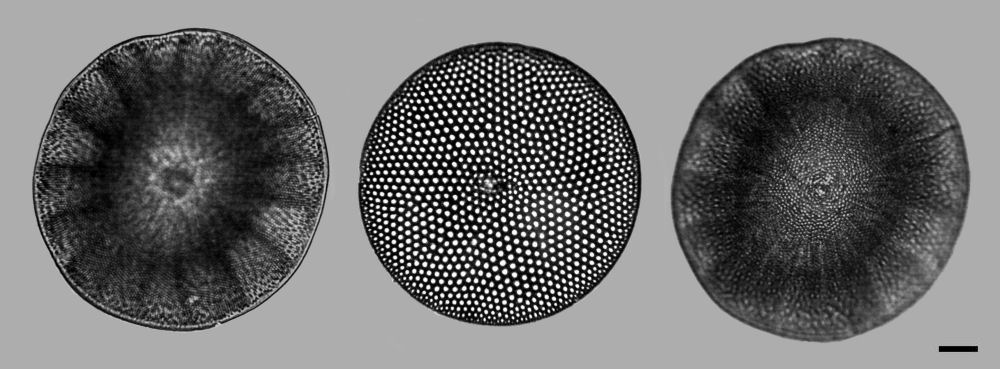
Fig 3. Moreno shale. Center Coscinodiscus steinyi, Left and right, high and low focus, Coscinodiscus morenoensis.
I find fossil diatoms very intriguing especially the Centrics and the Moreno shale had many interesting centric diatoms. Actinoptychus was easily identifiable because I have seen this genus in both fossil slides of later age and in slides of recent diatoms, this genus has survived many environmental fluctuations from the Cretaceous to the present. Actinoptychus packi, Fig 1, is my second time marker. Consulting the Hana database of the California Academy of Sciences Diatom Collection I found A. packi to be of Cretaceous age. Also present in quanity were the familiar genus Stephanopyxis and Melosira and a variety of Trinacria or Triceratiums and as in every diatom strew slide a quantity of unidentified diatoms and many intriguing fragments.
In the Panoche California slides, mixed in with numerous centrics, I found a friend, my wish bone silicoflagellate, Vollacerta hortonil, suggesting once again the Cretaceous period. This was not surprising, both the Moreno shale and the Panoche hills are located in Fresno county in northern California with the Moreno formation located on the east flank of the Panoche Hills. What was a surprise and very different from the Moreno shale were the large number and size of coscinodiscus diatoms, Coscinodiscus morenoensis, none this large, 200 to 240 micro meters, were observed in the Morano shale slides. Also present were the Coscinodiscus steinyi but here they were generally smaller then those in the Morano shale. Also present in quanity were Glorioptychus callidus and Aulacodiscus pugnalis. A small number of Actinoptychus packi were found but in poor condition. Finding similar unique diatoms in both groups of slides, Moreno shale and Panoche, indicates that both formations were laid down around the same time, possibly one continuous ancient coastline. However, I wonder what environmental conditions would account for the noted size differences or was this simply the result of random sampling?

Fig 4. Ananino, Russia. L to R. Cheloniodiscus ananinensis, Actinoptychus simbriskianus, Aulacodiscus septus.
The slides I examined identified as Ananino Russia were surprising in that there were few spicules no radiolaria and no silicoflagellates. The lack of silicoflagellates was a particular disappointment I was really hoping to find more wish bones and horse shoes. The diatoms were plentiful and many were large centrics and there was a variety of Triceratiums. I was able to identify one centric diatom that was of Cretaceous age Aulacodiscus septus and a second Actinoptychus simbriskanus is also of Cretaceous age if I have identified it correctly. The third diatom pictured in Fig 4. Cheloniodiscus ananinensis appears ancient but was listed as epoch unknown.
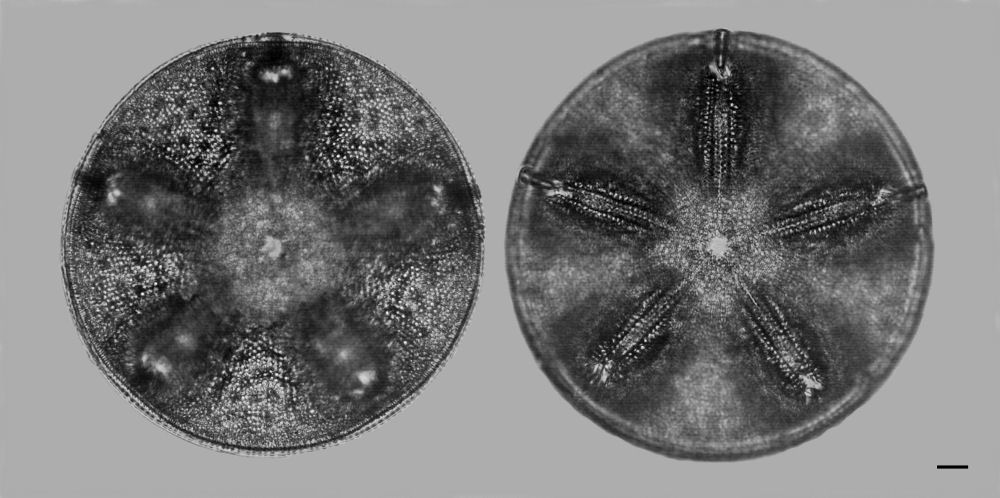
Fig 5. Simbirsk Russia. Aulacodiscus ledebourii.
Simbirsk Russia or as it is now called Ulyanovsk is not far from Ananino Russia. Broken radiolaria, spicules, and silicoflagellates were abundantly mixed with the diatoms. In amateur speak there was a plethora of three sided diatoms more correctly called Triceratium or Trinacria but to add to the fun some are being placed in a new genus Sheshukovia. One Triceratium I believe I have identified correctly is Triceratium abyssorum, Fig 6. My research places this diatom according to one source in the late Paleocene and a second source places it in the Eocene to lower Oligocene. One silicoflagellate Corbisema bimucronata bimucronata, hopefully correctly identified by this amateur, was well represented on the examined slides and is reported to be from the Eocene to Oligocene. A second silicoflagellate well represented was Corbisema hastata, again hopefully correctly identified, is found in layers dating from the Paleocene through the Eocene into the Oligocene. Am I disappointed at not finding any time markers for the Cretaceous? No, not at all, it is an interesting although sometimes a frustrating challenge to identify what I observe and searching through the strews is just plain fun.
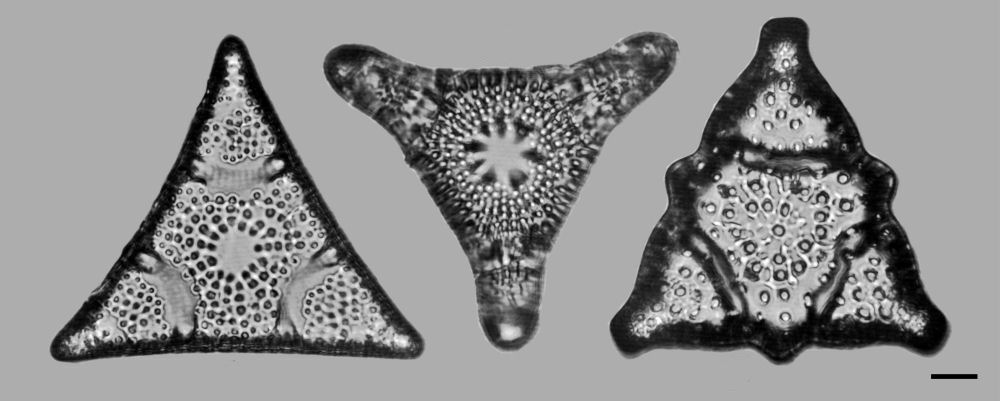
Fig 6. Simbirsk Russia. L to R. Triceratium Fasciatum, Triceratium Abyssorum, Triceratium Undosum.
I was surprised at the reference to Cretaceous diatoms and Jutland. My experience, limited as it may be, placed the Jutland diatoms in the Eocene epoch. One or two sample slides would not, could not, tell the whole story. Diatomite deposits can cover a great expanse of land and measure hundreds of feet in height with the lower deposits being an earlier age while those at the top being a later age. Where in a given local or where in the vertical column was a sample collected? Which portion of the vertical column is exposed and accessible? Geologic forces can twist invert and mix rock formations, the earth is dynamic. My approach was 'B' cubed; beg, borrow, or buy slides. This may not be the scientific approach but it has the advantage of allowing me to work from home with the smallest expenditure of capital and time but fails to address these issues.
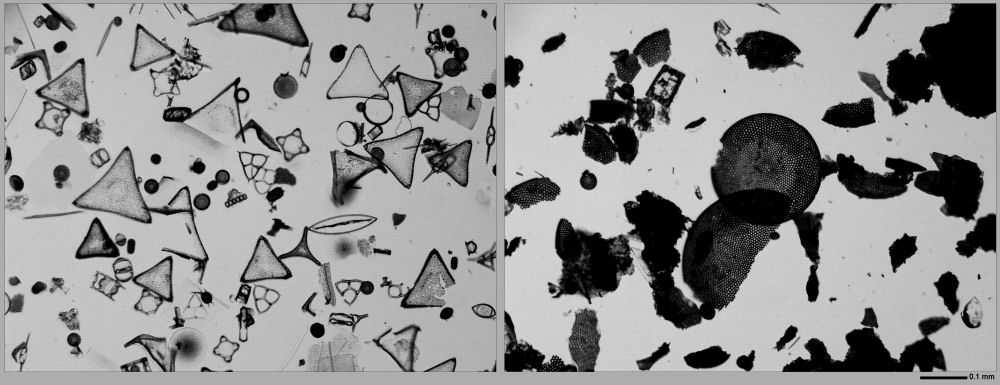
Fig 7. Left strew Mors Jutland, right strew Fur Jutland.
I examined four strew slides from Jutland. On all four slides I found examples of the somewhat square diatom, or an octagon with four horns, Trinacria exculpta which is a typical Late Paleocene and Early Eocene species of planktonic diatom, Fig 8. Happy is the amateur who can identify a fossil diatom with a measure of confidence. I also found examples of the silicoflagellate Naviculopsis aspera which is another biostratigraphic marker species for the Late Paleocene and Early Eocene. On three of the slides Triceratiums were present in large numbers on the fourth slide the Triceratiums were almost completely absent, only a few broken fragments, and it was dominated by fragmented centric diatoms resembling Coscinodiscus. Fig 7. left strew is typical of Mors Jutland, three slides, while the strew on the right is from Fur Jutland. If the fourth slide from Fur Jutland had been the only slide examined I would have an incomplete picture of the diatoms from Jutland. What caused this disparity, water depth, acidity, time?

Fig 8. Mors Jutland. L to R. Trinacria exculpta, Trinacria, Triceratium
I am pleased with the results of my quest for Cretaceous diatoms. I believe I was successful and I have acquired an interesting collection of early fossil diatom slides that I will treasure for years to come. While sitting at my desk, microscope before me, box of diatom slides to the right, computer monitor on left, I imagine a Cretaceous diatom drifting in a shallow warm blue green sea when suddenly an ugly segmented crustacean larva, mouth wide, gulps down my diatom. The crustacean is then eaten by a juvenile fish which is eaten by a larger fish and yet a larger fish devours this. A sudden storm washes the big fish onto a Cretaceous beach and a roaming Theropod dinosaur, flesh eater, devours the stranded fish. A diatoms place in the natural order of things has not changed much in 65 million years. Today we can replace my imagined Cretaceous storm with a trawler net and the flesh eating dinosaur with today;s top predator, Homo sapiens.
I apologize to the reader in the event of errors in identification. My command of the English language is OK but my German is not so good and my French is almost non-existent and two of my best sources for identifying fossil diatoms happen to be in German and French. I believe the genus I have given is correct, possibly not up date, but am less certain of the family. I am an amateur and amateurs will make mistakes. I follow the convention genus has a capital character for the first letter and family is lower case.
Photography. All images were recorded using the AMScope 6 Megapixel MD900 microscope camera. Black and white images are preferred because I believe they provide greater contrast. Each diatom was imaged through a green filter and then converted to gray scale. Only one exception, Coscinodiscus steinyi, Fig 3, was a color image converted to gray scale. The diatoms and silicoflagellates were cut out using Paintshop Pro and then pasted onto a colored background.
Scale. Unless noted the black bar in the lower right corner is 10 micro meters.
Comments will be welcomed by the author.
References:
Barker, P. F, Kennett, J. P.
Enigmatic Lower Albian Silicoflagellates From
Barker, P. F, Kennett, J. P. Cenozoic
Silicoflagellates and Ebridians Ffrom
Dallas Hanna, G, Cretaceous Diatoms from California. Occasional Papers of the California Academy of Sciences. 1927
Bolli, H. M. Saunders, J. B. Perch-Nielsen. Plankton Stratigraphy Volume 2. Cambridge University Press. 1985
Van Heurck, Henri. Sysnopsis des Diatomees de Belique. 1885
Pantocsek, Josef. Fossilen Bacillarien Ungarns. Berlin. 1903
Pedro M. Tapia and David M. Harwood. Upper Cretaceous diatom
biostratigraphy of the
Microscopy UK Front Page Micscape Magazine Article Library
Published in the July 2009 edition of Micscape Magazine.
Please report any Web problems or offer general comments to the Micscape Editor .
Micscape is the on-line monthly magazine of the Microscopy UK website at Microscopy-UK .
© Onview.net Ltd, Microscopy-UK, and all contributors 1995 onwards. All rights reserved. Main site is at www.microscopy-uk.org.uk with full mirror at www.microscopy-uk.net .